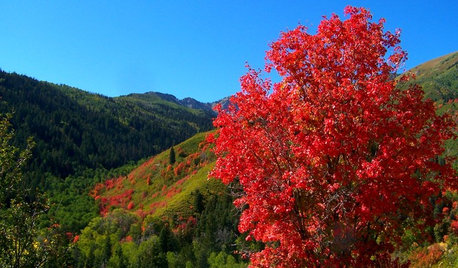I can't remember if this has come up before, maybe not as an explicit thread subject.
For the first 4-5 years, there was a constant battle against waterspouts in my 'Sekkan Sugi'. (variegated Japanese Cedar) Now I realize it hasn't tried to produce any for 2 years, as it is at least 14' high or so. Has it merely "outgrown" a propensity to create them? Because such ornamentals are obviously propagated from side branches, does it take that many years for normal apical dominance to take over after they are grown on from cuttings? Or, assuming you could go back in a time machine and observe the growth of the first, seed-grown Sekkan Sugi...is this merely a characteristic growth trait of certain young Japanese Cedars? Especially, perhaps, ones weakened by variegation? (and other plants with similar tendencies) Would it have had a bunch of waterspouts as a seedling?
Likewise notice the same thing on various Ilex, like 'Venus' and 'James G Esson'. Now that they are getting big, they aren't producing as many waterspout branches.
Another interesting thing is of the various mature Ilex opaca on my property, the 3 that were clearly planted on purpose have multitrunking/long-term waterspout problems. To varying degrees: two I consider completely hopeless and besides I don't want them in those locations anyhow, so they will eventually go...one I will probably keep. But the one down in the wild, boggy part of the garden that is the only one that probably was wild-sown, has a good single trunk. And I would guess that 50 years ago they planted "selected" cutting-grown types of holly because I'm told the owners back then were into horticulture, too. So I wonder if the seed-grown wild ones normally form single trunks, while cutting grown ones, unless subject to careful "plant husbandry" in their early years, are subject to become thickets of waterspouts.
BTW - Louis the Plant Geeks thinks the secondary branching is due to dieback, but mine has absolutely never had a lick of dieback.
http://www.louistheplantgeek.com/a-gardening-journal/641-cryptomeria-japonica-sekkan-sugi






Huggorm
Related Discussions
It can be fun to breed your own zinnias
Q
Viburnums pollination, propagation, provenance: Oh my!
Q
Does a rooted 'weeping bottle brush' weep?
Q
are patented plants ruining horticulture?
Q